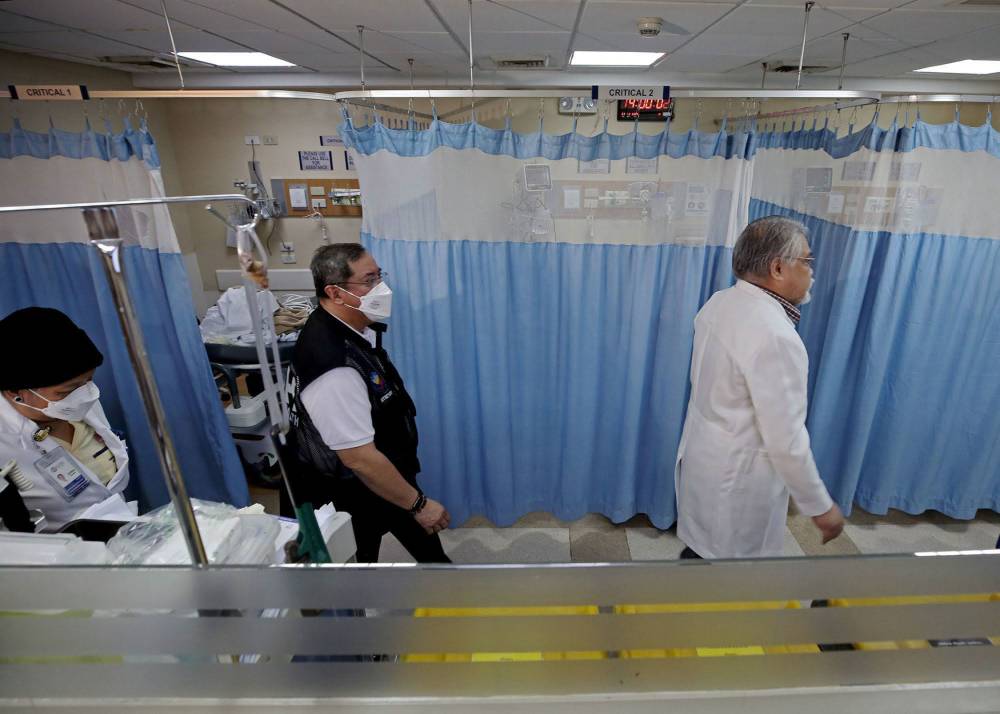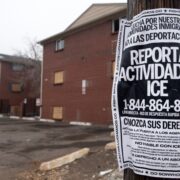PhilHealth now covers outpatient emergency services

The Philippine Health Insurance Corp. (PhilHealth) now covers emergency procedures and other services for patients who do not need to be hospitalized.
Effective Jan. 1, 2025, PhilHealth Circular No. 2024-0033 will start implementing the “Outpatient Emergency Care Benefit (OECB)” package.
It covers all outpatient services and commodities rendered at the Emergency Department (ED) and extension facilities in PhilHealth-accredited healthcare facilities, including services provided before arrival or during hospital transport.
The package covers patients who are not requiring hospital admission, have been discharged within 24 hours of entering the ED, or have died while in the ED.
Among the cases covered in the OECB Package are dizziness, diarrhea, persistent vomiting, elevated blood pressure, nontraumatic bleeding, seizures, severe headache and sexual assault.
Essential emergency care services
Also included in the new benefit package are essential emergency care services such as diagnostic (electrocardiogram), ED services (nebulization, intubation), imaging (x-ray, CT-scan), laboratory (blood tests) and medicines.
The OECB package will cover land ambulance services as pre-hospital transport. Meanwhile, sea and air ambulances can be included for coverage, following the establishment of relevant policies and regulations.
“The current All Case Rates (ACR) of PhilHealth reimburses procedures done at the ED as part of the service coverage for the hospital course of an admitted patient. Although ACR covers some conditions that require management at ED but do not warrant confinement, this coverage is primarily for surgical procedures,” the circular states.
“There is a substantial need to support the delivery of acute care for cases not requiring admission or outpatient services provided in emergency settings,” it added.
PhilHealth, however, noted that for patients to avail of the new benefit package, they should seek services in OECB-accredited health facilities. The state health insurer has not yet provided a complete list of these facilities.
“Beneficiaries who accessed outpatient emergency care in non-accredited facilities have to pay for these services out-of-pocket or through other health financing mechanisms (such as insurance provided by health maintenance organizations or HMOs),” it said.

















